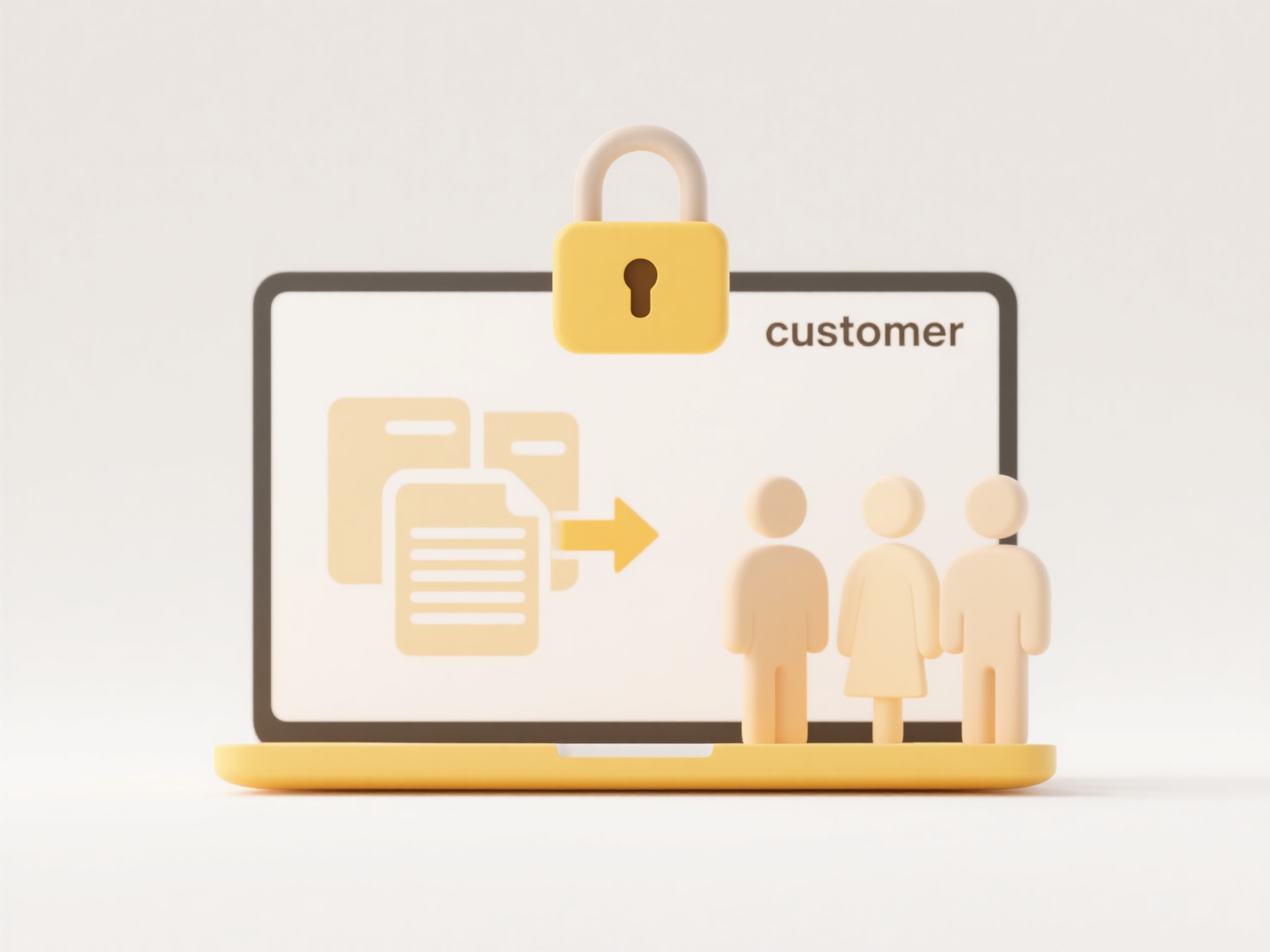
File timestamps record the creation, modification, or last access time of a file. Conflicting timestamps occur when different systems or software report inconsistent times for the same file, potentially due to time zone mismatches, incorrect system clocks, or sync tool algorithms. Timestamps themselves do not automatically cause file duplication. Instead, duplication can occur if a program (like a sync/backup tool) relies solely on timestamps to identify 'changed' files and mistakenly interprets a conflicting timestamp as evidence of a newer version needing copying.
For instance, in cloud sync tools like Dropbox, if a file modification time changes inexplicably on one device (due to a clock error or sync conflict), the service might treat it as a distinct update and create a duplicate copy with a conflicted name instead of overwriting the existing version. Similarly, incremental backup software comparing timestamps might back up a file unnecessarily if its timestamp incorrectly appears newer than the last backup, leading to redundant copies within the backup archive if older versions are retained.

While timestamp comparison is computationally efficient, its vulnerability to conflicts is a significant limitation, leading to wasted storage and potential data integrity confusion. Relying solely on timestamps for change detection is error-prone; robust systems mitigate this risk by using content hashes (like MD5 or SHA) to verify actual file changes, eliminating false duplication triggers from timestamp inconsistencies alone. Adoption increasingly favors hash verification for critical data management tasks.
Can conflicting file timestamps trigger duplication?
File timestamps record the creation, modification, or last access time of a file. Conflicting timestamps occur when different systems or software report inconsistent times for the same file, potentially due to time zone mismatches, incorrect system clocks, or sync tool algorithms. Timestamps themselves do not automatically cause file duplication. Instead, duplication can occur if a program (like a sync/backup tool) relies solely on timestamps to identify 'changed' files and mistakenly interprets a conflicting timestamp as evidence of a newer version needing copying.
For instance, in cloud sync tools like Dropbox, if a file modification time changes inexplicably on one device (due to a clock error or sync conflict), the service might treat it as a distinct update and create a duplicate copy with a conflicted name instead of overwriting the existing version. Similarly, incremental backup software comparing timestamps might back up a file unnecessarily if its timestamp incorrectly appears newer than the last backup, leading to redundant copies within the backup archive if older versions are retained.

While timestamp comparison is computationally efficient, its vulnerability to conflicts is a significant limitation, leading to wasted storage and potential data integrity confusion. Relying solely on timestamps for change detection is error-prone; robust systems mitigate this risk by using content hashes (like MD5 or SHA) to verify actual file changes, eliminating false duplication triggers from timestamp inconsistencies alone. Adoption increasingly favors hash verification for critical data management tasks.
Quick Article Links
Does Wisfile offer a portable version that doesn’t require installation?
Does Wisfile offer a portable version that doesn’t require installation? No, Wisfile is designed as a local applicatio...
Can I restrict Wisfile from accessing certain folders?
Can I restrict Wisfile from accessing certain folders? Wisfile only processes files and folders you explicitly import...
How do I prevent mobile auto-sync from creating duplicates?
Mobile auto-sync automatically transfers data like photos, contacts, or files between your phone and cloud services (e.g...